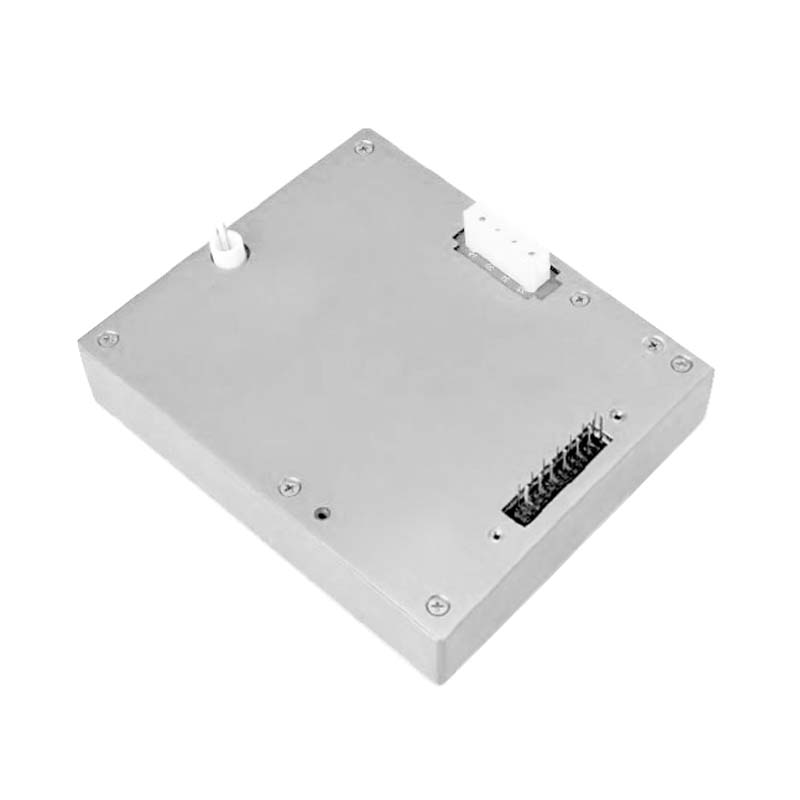Application and Challenges of High Voltage Power Supplies in Industrial Accelerators
Abstract
This paper systematically analyzes the current technological applications and main challenges of high voltage power supplies in the field of industrial accelerators. As a core component of industrial accelerators, the performance of high voltage power supplies directly determines the energy output characteristics and operational stability of accelerators. The article first elaborates on the critical role of high voltage power supplies in various types of industrial accelerators, provides a detailed analysis of their technical requirements in typical application scenarios such as electron beam irradiation and ion implantation, and then discusses the technical challenges in high stability, long lifespan, and intelligent development, concluding with prospects for future trends.
Keywords: high voltage power supply; industrial accelerator; electron beam; ion implantation; stability control
I. Core Role of High Voltage Power Supplies in Industrial Accelerators
Industrial accelerators, as essential equipment in modern industrial processing, are widely used in material modification, food sterilization, medical device disinfection, and other fields. High voltage power supplies, serving as their energy core, are responsible for providing stable high voltage direct current to accelerators. Depending on the accelerator type, the operating voltage range of high voltage power supplies typically varies from tens of kV to several MV, with currents ranging from milliamperes to amperes.
In typical industrial accelerator systems, high voltage power supplies primarily fulfill three key functions:
1. Providing stable emission voltage for electron guns or ion sources
2. Maintaining constant electric field strength in acceleration tubes
3. Ensuring precise and controllable beam energy
II. Main Application Scenarios and Technical Requirements
2.1 Electron Beam Irradiation Processing
In electron beam irradiation applications, high voltage power supplies must meet:
Output voltage stability better than ±0.1%
Ripple coefficient less than 0.05%
Fast dynamic response capability (adjustment time <100μs)
Long-term continuous operation reliability
2.2 Ion Implantation Equipment
Ion implantation processes impose special requirements on high voltage power supplies, including:
Wide-range voltage continuous adjustability (20-200kV)
Precise closed-loop beam current control
Low electromagnetic interference design
Synchronization of multi-level voltage outputs
2.3 X-ray Generation Devices
High voltage power supplies for X-ray tubes require:
Dual overvoltage protection mechanisms
Soft-start function to prevent arc discharge
Temperature compensation design
Radiation shielding structure
III. Major Technical Challenges
3.1 Stability Control Challenges
Factors such as power grid fluctuations and load variations in industrial environments pose challenges to high voltage power supply stability:
Voltage drift issues under high power
Insufficient dynamic response during load transients
Parameter drift caused by temperature changes
Component aging effects during long-term operation
3.2 Reliability Improvement Bottlenecks
Industrial accelerators typically require 24/7 continuous operation, demanding extremely high reliability from high voltage power supplies:
Limited lifespan of critical components
Gradual degradation of insulation materials
Cooling system efficiency decline
Mechanical fatigue of connecting parts
3.3 Intelligent Development Requirements
Modern industrial accelerators impose new intelligent requirements on high voltage power supplies:
Real-time condition monitoring and fault预警
Adaptive parameter adjustment capability
Remote diagnosis and maintenance functions
Energy efficiency optimization control strategies
IV. Key Technological Breakthrough Directions
4.1 Development of New Topologies
Resonant soft-switching technology to reduce losses
Modular multilevel conversion architecture
Distributed energy storage system design
Application of wide-bandgap semiconductor devices
4.2 Application of Advanced Control Strategies
Adaptive fuzzy PID control
Neural network parameter optimization
Digital twin-assisted debugging
Multivariable cooperative control algorithms
4.3 Reliability Enhancement Technologies
Online insulation condition monitoring
Prognostics and health management (PHM)
Redundant backup design
Self-healing material applications
V. Future Development Trends
High voltage power supplies for industrial accelerators will exhibit the following development trends:
1. Higher power density: Volume-to-power ratio increase exceeding 30%
2. Intelligent upgrades: Deep integration of AI technologies with traditional power supplies
3. Networked integration: Collaborative control under industrial IoT architecture
4. Green energy efficiency: Energy efficiency ratio breaking the 95% barrier
VI. Conclusion
As the heart of industrial accelerators, the technological level of high voltage power supplies directly affects the performance and reliability of the entire system. Current developments in industrial accelerators demand higher stability, longer lifespan, and greater intelligence from high voltage power supplies. Through comprehensive applications of new topologies, intelligent control algorithms, and reliability technologies, existing technical bottlenecks can potentially be overcome. In the future, with continuous advancements in new materials and devices, high voltage power supplies will play an even more critical role in the field of industrial accelerators, driving industrial processing technologies toward higher precision and efficiency.




















